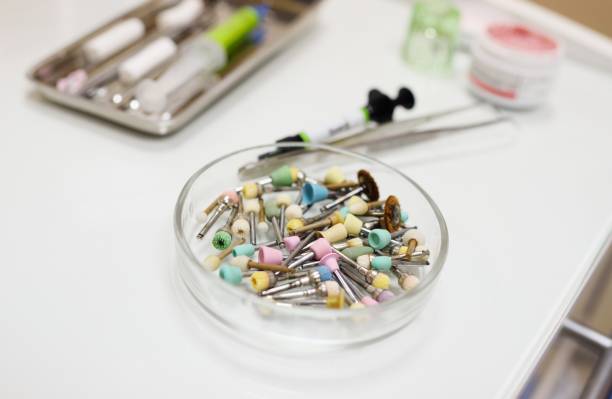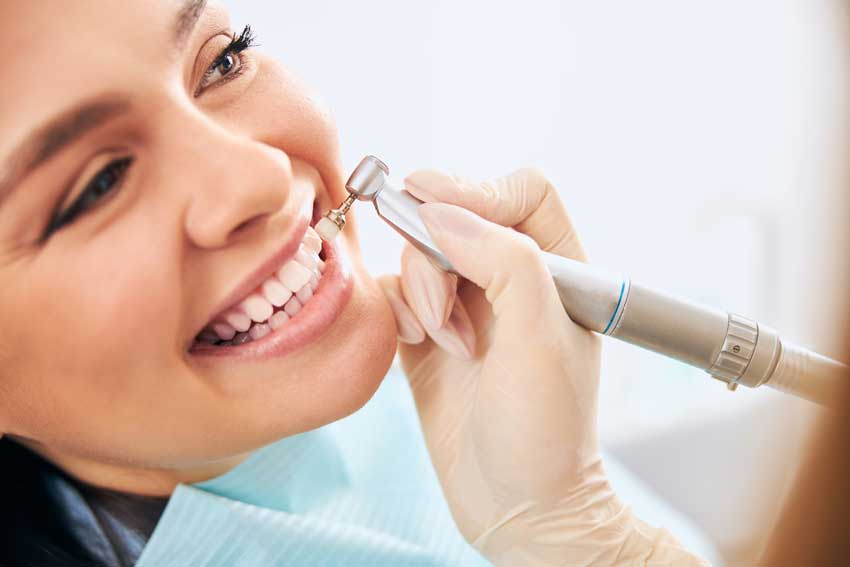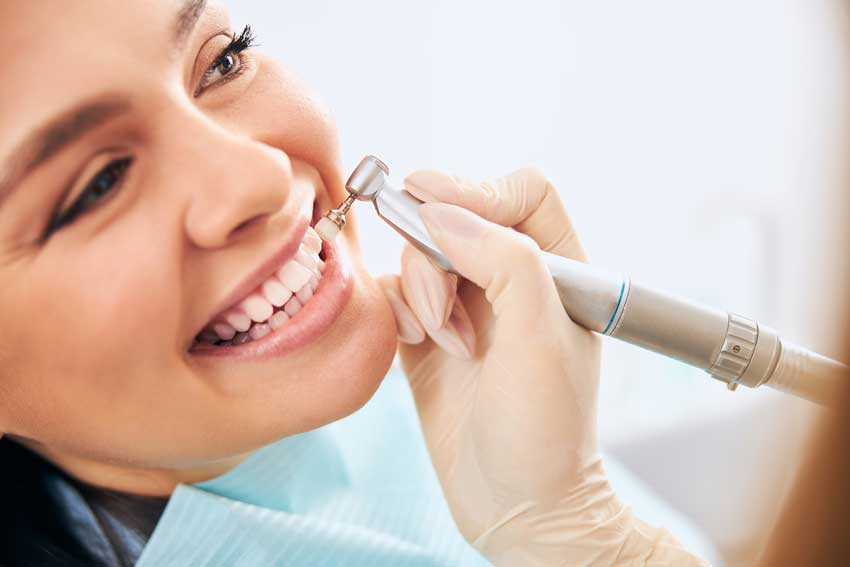When it comes to finishing dental restorations, using the right polishing discs and brushes can make all the difference in achieving a smooth and natural-looking result. With so many types and brands of polishing tools available, it can be overwhelming to choose the best ones for your needs.
Here are some key topics to consider when selecting and using polishing discs and brushes for dental restorations:
Types of Polishing Discs and Brushes
There are several types of polishing discs and brushes available for different types of dental restorations. For composite restorations, flexible diamond polishing discs are often preferred for their ability to contour to the tooth surface and achieve a high-gloss finish. For ceramic restorations, such as porcelain veneers or crowns, diamond-impregnated polishing brushes or cups are often used to achieve a natural-looking finish.

Choosing the Right Abrasive Grit Size
When selecting polishing discs and brushes, the abrasive grit size is an important factor to consider. Finer grit sizes are typically used for final polishing, while coarser grit sizes are used for removing surface scratches or imperfections. It's important to choose the right grit size for your specific restoration to avoid damaging or overheating the material.
Polishing Techniques
Proper technique is essential for achieving a smooth and natural-looking result when using polishing discs and brushes. It's important to use light pressure and move the tool in a circular motion, avoiding excessive heat or pressure that can cause damage or overheating to the restoration. It's also important to use different grit sizes in a progressive order, starting with a coarser grit and gradually moving to a finer grit for a smooth and polished finish.
Cleaning and Sterilizing Polishing Discs and Brushes
To ensure longevity and safety of your polishing discs and brushes, it's important to properly clean and sterilize them after each use. This can be done using a disinfectant solution and a designated brush or ultrasonic cleaner. It's also important to store your polishing tools in a clean and dry environment to prevent contamination or damage.
Preventing Overheating or Damage
Overheating or damage to dental restorations can occur if polishing discs and brushes are used incorrectly or for too long. It's important to use light pressure and avoid excessive heat or pressure that can cause damage. It's also important to monitor the temperature of the restoration during polishing and to use water or a cooling spray to prevent overheating.
Achieving a High-Gloss Finish
When using polishing discs and brushes, achieving a high-gloss finish is often the goal. To achieve this, it's important to use a fine-grit polishing tool in a circular motion with light pressure. It's also important to clean and dry the restoration thoroughly before polishing to ensure a smooth and polished finish.

Removing Stains or Discoloration
Polishing discs and brushes can also be used to remove stains or discoloration on dental restorations. To do this, a coarser grit polishing tool can be used in a circular motion with light pressure. It's important to avoid excessive pressure or heat that can cause damage to the restoration.
Common Mistakes to Avoid
When using polishing discs and brushes for dental restorations, it's important to avoid common mistakes such as using too much pressure or speed, using the wrong grit size, or using a disc or brush that is worn or damaged. By avoiding these mistakes and using proper technique and tools, dentists can achieve optimal results and ensure the longevity and safety of their dental restorations.
Conclusion
In conclusion, selecting and using the right polishing discs and brushes is key to achieving a smooth and natural-looking finish on dental restorations. By considering the types of tools available, choosing the right abrasive grit size, using proper technique, cleaning and sterilizing your tools, preventing overheating or damage, achieving a high-gloss finish, removing stains or discoloration, and avoiding common mistakes, you can achieve optimal results for your patients.



